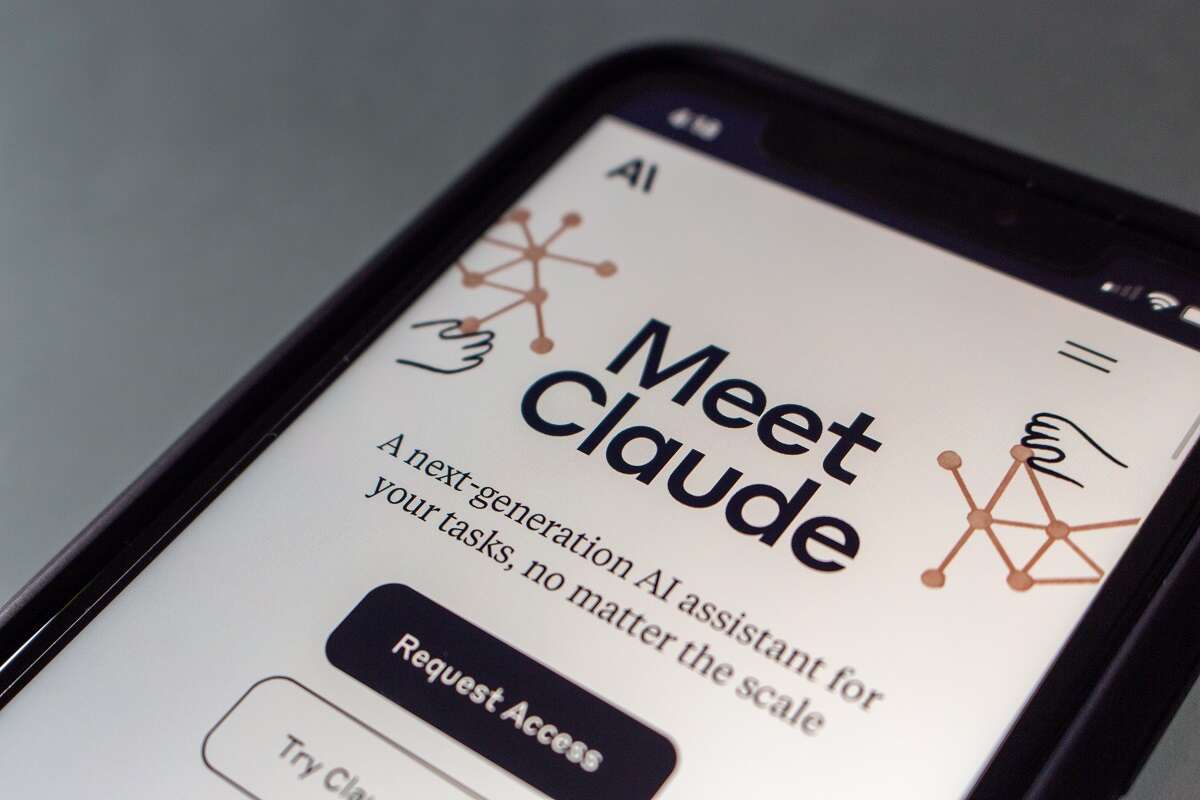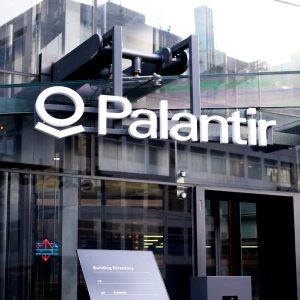
Amazon will invest up to $4bn in AI lab Anthropic as part of a compute power deal. This will see the maker of the Claude chatbot train and deploy its future models using Trainium and Inferentia chips developed by Amazon’s cloud division, AWS. This could prove an important strategic move for the company as it looks to cement its position as the public cloud market leader and head off competition from Microsoft and Google, both of which have invested heavily in AI over recent months.

Anthropic described the deal, announced earlier this week, as a strategic partnership, combining the safe and steerable models built by the start-up with the secure and reliable infrastructure of AWS, the market leader in public cloud infrastructure. The exact nature of the investment isn’t clear but will see Amazon invest up to $4bn in the AI lab. This eclipses the $300m Google Cloud invested in Anthropic in 2022.
As part of the deal, AWS will become Anthropic’s primary cloud provider for both model training and deployment. It was also driven in part by demand from AWS customers for access to Claude, with access further expanded through Amazon’s AI toolkit Bedrock.
Secure model customisations and fine-tuning will made available for enterprise users of AWS, to allow companies to adapt the performance of the model to their needs and further train it on company knowledge to limit potentially harmful outputs.
Having deep integration of a high-profile multi-modal AI model is vital for AWS as it looks to maintain its advantage in the cloud market over its closest rival, Microsoft Azure, which has a well-established partnership with OpenAI. Google, the third biggest player in public cloud, has its own extensive AI research and models.
AWS is in a “react mode” and was likely caught off guard by the generative AI momentum, according to Sid Nag, vice-president for cloud services and technologies at Gartner. “AWS announced their own AI capability Amazon Bedrock a while ago in response to Microsoft’s investment in and partnership with Open AI and Google’s AI capabilities,” Nag said. “Subsequently, Oracle OCI recently announced a partnership with Cohere, so beyond Bedrock, AWS had to take it further with the Anthropic announcement.”
Nag says he believes the model choice made by AWS with the Anthropic announcement “is a good thing”. He explained: “It isn’t an exclusive deal and AWS customers will still have access to a wide range of models from other providers, but the deal allows for tighter integration and higher levels of customisation.”
The downside to a lack of exclusivity is that AWS has to find alternative differentiators. Azure has extremely tight integration with OpenAI and Google Cloud has its own models built by its UK-based AI lab DeepMind. Both hyperscalers also offer the same third-party models which are available through AWS Bedrock.
Nag says the choice of chip is where AWS is creating a unique position for itself in a crowded market. “AWS is emphasising giving customers the widest choice of chips; CPU, GPU and custom with Trainium and Inferentia,” he says. “[This] is a differentiator for them.”
Cloud providers differentiate on AI models
Anthropic says of the partnership that organisations running on AWS will be able to use Claude 2, its current generation large language AI model, for a wide range of tasks. This includes dialogue and creative content generation, complex reasoning and detailed instructions. Claude 2 has a much larger context size than rivals, such as GPT-4 from OpenAI or Google’s PaLM model, meaning the amount of information it can store across a single chat is much larger. For GPT-4 it is up to 32,000 tokens, but for Claude 2 it is at 100,000 tokens.
Roy Illsley, chief analyst at Omdia, told Tech Monitor every major infrastructure and cloud player will need to have some sort of offering it can claim as native. “I see a future where organisations will select the LLM based on how well it fits the use case they are building private models for,” he says. This is what Amazon is doing with Bedrock at the moment, adding near-native support for Claude 2 in addition to other choices. “Currently there are lots of LLMs and every cloud has one,” Illsley says.
It is also a potentially important and cost-effective investment opportunity for AWS, especially as most of the expense will be in compute credits rather than cash. Steve Dickens, VP and practice leader at the Futurum Group described Amazon taking a stake in Anthropic as a “solid move” to secure both the workload on its platform and an equity stake in an important company. “The $4bn is most likely cloud credits which if you assume a 50% profit makes it only a $2bn actual investment,” he says.
The collaboration around Inferentia and Trainium, the AWS custom AI chips, will be critical in the longer term, Dickens argues, as it ties into Amazon’s custom silicon strategy for AWS. As reported by Tech Monitor, the cloud hyperscaler is increasingly deploying custom silicon in its data centres.
For Nigel Green, CEO of financial consultancy deVere Group, the trend of big tech companies buying into models and technologies built by AI labs is unlikely to slow down soon. “By doing so they can access advanced AI models and technologies without investing as much time and effort in internal research and development,” he says. “This allows them to stay at the forefront of AI innovation” and by incorporating the models into products and services they can offer more competitive solutions to their customers.
“AI research is inherently risky, and not all projects lead to successful models,” Green says. “By diversifying their AI portfolio through acquisitions, the tech titans can spread the risk associated with AI development and increase the likelihood of success.”






